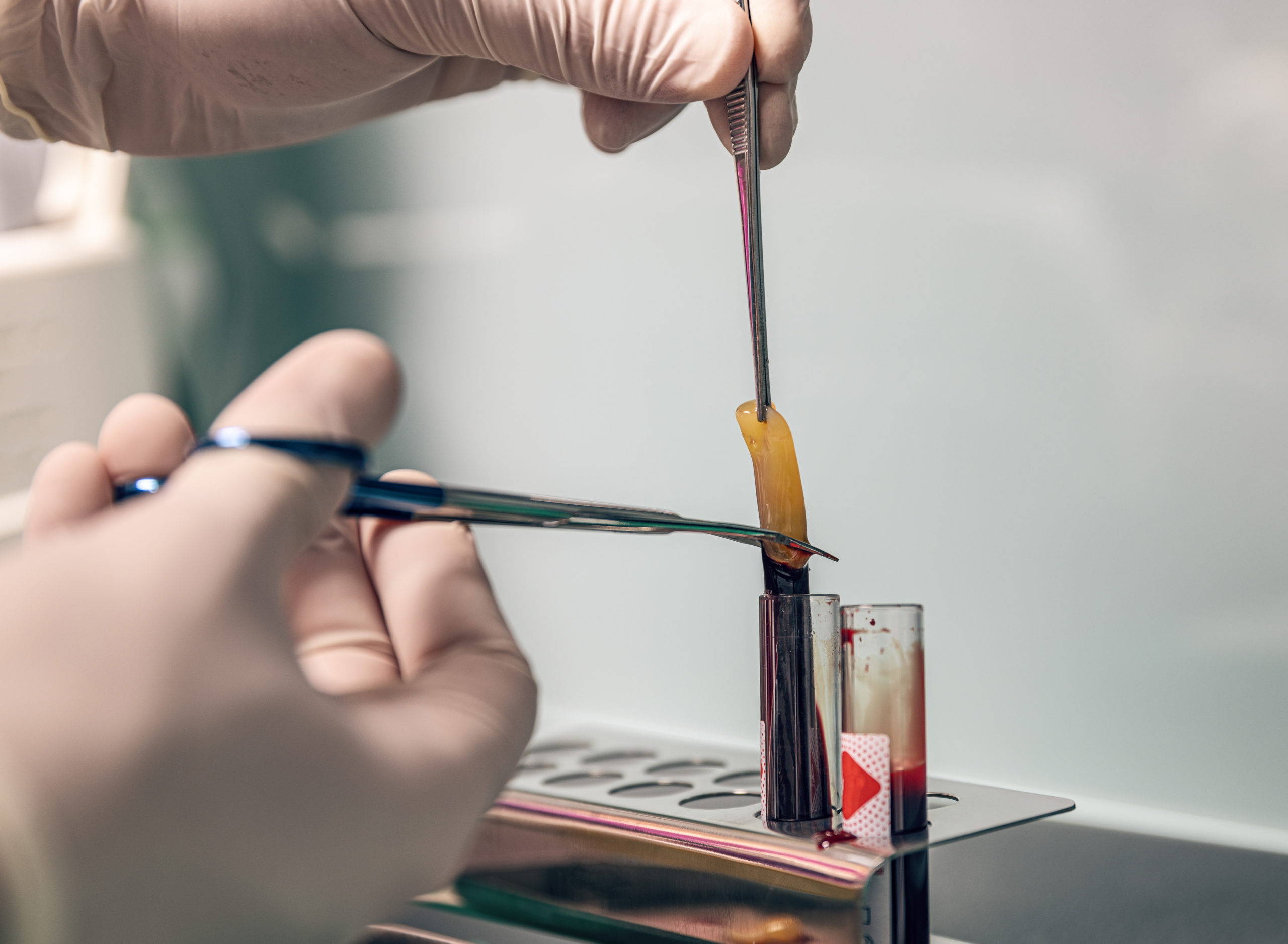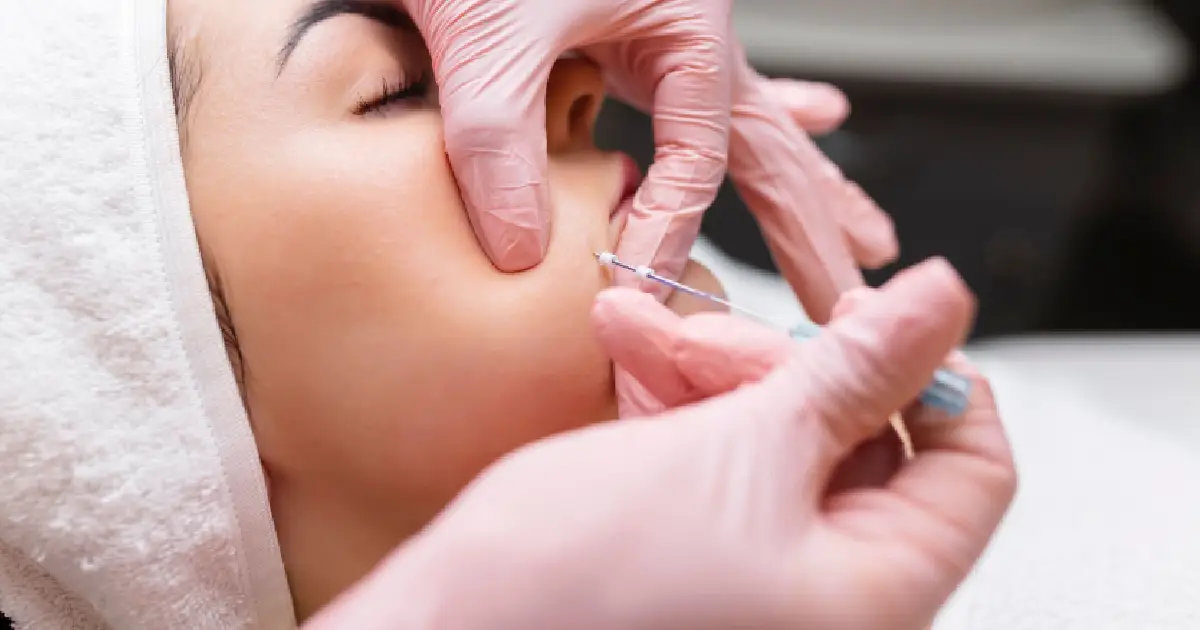The pursuit of additives that can regulate inflammation and increase wound healing speed is one of the greatest challenges that many clinical researchers face. They are looking for medications and additives that apply to the general populace—the more compatibility and less rejection, the better. Researchers have developed Platelet-Rich Fibrin (PRF) with these specifications in mind.
Platelet-rich fibrin has many clinical applications, and this protein can work on your teeth, gums, and soft tissue. PRF applications also include surgical wounds and skin grafts. This type of application has been found to improve healing time and reduce the risk of infection in the wound area.
PRF treatments are versatile, and they can help remedy different categories of distinct ailments. However, just like any other treatment, it still can’t do everything. We will discuss what PRF is, how it works, and how it can potentially benefit you.
What Is PRF?
Platelet-rich Fibrin is a procedure that involves separating the blood from the platelets. Platelets are cells that help in clotting and contain growth factors, proteins, and other substances.
To produce a concentrated platelet-rich fibrin(PRF) solution, platelets can be separated using centrifugation or filtration techniques. PRF contains many growth factors which can be used for various treatments such as bone healing, tissue repair, and even hair restoration.
Development History
In the 70s, researchers observed that platelets contain a high concentration of essential growth factors that stimulate cell migration and proliferation. These growth factors help the body repair damaged tissue by promoting cell migration and proliferation, which are necessary for healthy tissue formation.
Due to its promising property, autologous platelet concentrates were then introduced as an additive modality to expedite healing. However, extracting and separating the blood from platelets wasn’t exactly an easy task to do.
The first generation of extracting platelet concentrate involves adding an anticoagulant to the venous blood and two centrifugations (soft and hard spins), producing platelet-rich plasma (PRP). While it gets the job done, its clinical protocols were long and cumbersome. On top of that, adding anticoagulants and bovine to extract platelet concentrate dilutes the platelets and poses a risk for cross-contamination.
Due to these limitations, there is a need for a second generation of platelet concentrate, which we now know as platelet-rich fibrin (PRF). The second generation can extract and separate blood from the platelets without using anticoagulants or bovine serum. This fibrin allows for a better natural scaffolding that effectively mirrors a natural blood clot accurately.
PRF Improvements Continue
Although PRF is at the peak of platelet concentrate, developments continue. More efficient processing procedures were introduced for better platelet concentrate outcomes. These procedures use precise but lower centrifugal force to extract more platelet-rich fibrin concentrates without causing trauma to the platelets.
A PRF extraction technique was recently introduced, making the concentrate applicable to be used as an injectable. This technique also uses a lower centrifugal force that allows for a larger quantity of leucocytes and plasma proteins.
What Makes PRF Unique?
Platelet-rich fibrin is a type of blood clot made up of platelets, which are cells that help the body form clots. Platelet-rich fibrin has been used for many years in wound healing, and in some cases, it can be injected into the body to help with several conditions.
All-Natural Method
Platelet-rich fibrin treatment is an all-natural method. There are no additives or chemicals added to the concentrate. Your provider only needs a small amount of blood from you. And out of that blood comes the PRF concentrate we need for your treatment.
The treatment is applied to the wound, and it’s left to heal independently. This treatment is considered a great alternative to traditional methods because it’s natural and has no side effects. It also has a lower cost than other treatments like antibiotics or surgery, depending on the type of antibiotics and surgery, of course.
How It Works
The PRF concentrate comprises platelets, proteins, thrombin, and fibrinogen—all four of which work together to form a mesh-like network.
Fibrinogen is a protein that helps blood clot by making a mesh-like network that traps platelets. Platelets are cells found in the blood that help move bleeding from one body area to another. They stick to the inner surface of blood vessels and release chemicals called “aggregating agents” into circulating blood, which cause blood to clot. When contracting, they also act as a source of oxygen and nutrients for tissue cells.
The protein thrombin is an enzyme that catalyzes the conversion of soluble fibrinogen into insoluble fibrin strands, which then polymerize into long fibrous strands called fibers of platelet-rich fibrin. These fibers hold the wound together until the body’s natural healing mechanisms can close the wound. Thrombin is produced in small quantities at the site of injury or inflammation, but its production increases with tissue damage, physical trauma, or infection.
Meanwhile, other proteins found in platelet-rich fibrin play a role in clotting, inflammation, and wound healing. They maintain and repair the integrity of blood vessels and help with tissue regeneration.
Dental And Clinical Applications
Closing wounds in dental care is essential because bacteria and infections can enter the injury, potentially causing complications. The process begins with an injection of local anesthesia to numb the area before cleaning it with an antiseptic solution or toothbrush.
A dentist will then use a scalpel to cut through any tissue still attached to the tooth and then apply gauze or cotton around the edges of the cut while clamping it closed with a metal clip.
PRF To Speed Up Recovery
Platelet-rich fibrin has been used in medical procedures for over decades. However, it was not until the last ten years that platelet-rich fibrin gained more popularity in dentistry. It has been proven to work better than stitches and other methods of closing wounds on teeth.
PRF has become very popular among dentists because it’s easy to use, inexpensive, and quick to apply.
Takeaway
The PRF is a non-invasive treatment that helps to promote wound healing and reduce scarring. It’s also used in hair restoration, as it increases the number of follicles and the rate of hair regrowth. So if you are interested in the treatment, contact and reach out to our clinic, Northwest Beauty and Wellness. We offer services that help clients achieve their ideal aesthetics.





